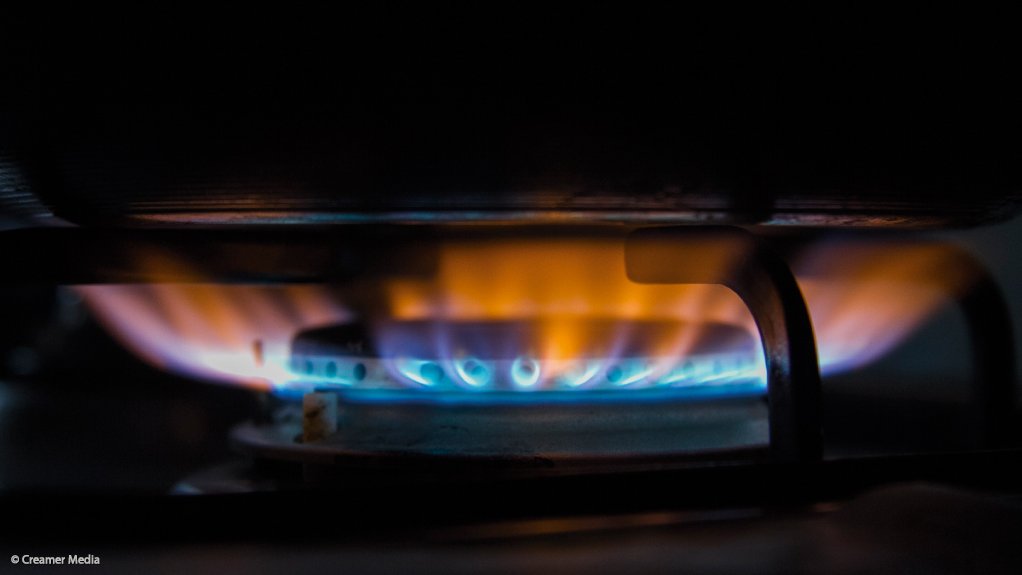/ MEDIA STATEMENT / The content on this page is not written by Polity.org.za, but is supplied by third parties. This content does not constitute news reporting by Polity.org.za.
Eskom is progressing well with the maintenance of its power generating plant whilst supplying the country’s electricity needs. No load shedding is anticipated today.
Koeberg, the only nuclear power station in Africa, has a pressurised water reactor (PWR) design. It boasts the largest turbine generators in the Southern Hemisphere and is the most southerly-situated nuclear power station in the world. Construction of Koeberg began in 1976 and Unit 1 was synchronised to the grid on 4 April 1984, with Unit 2 following suit on 25 July 1985. In November 1985, the two units, each with a capacity of 930 MW, were finally taken over from the French consortium that built the station.
Nuclear energy is generated from uranium, of which South Africa has adequate reserves. The fact that much smaller quantities of uranium are necessary to generate energy than any other known source also means that uranium will last for a very long time. For instance, one kilogram of uranium supplies the same amount of energy as three million kilograms of coal.
Koeberg ranks amongst the safest of the world's top ranking PWR's of its vintage and is the most reliable Eskom power station. Koeberg has been awarded the NOSCAR status over 14 times by the National Occupational Safety Association (NOSA). It has operated safely and efficiently for over 30 years and has more years to go still.
Every 16 to 18 months, each of the two units at Koeberg is shut down for refuelling, inspection and maintenance. The routine shutdowns are scheduled so as to avoid having both units out of service at the same time and to avoid the winter months in each year.
During these routine planned outages, one third of the used nuclear fuel is replaced with new fuel. Statutory inspections and maintenance is performed, and modifications, that will ensure that international safety standards continue to be met or that improve the plant performance, are implemented.
Low and intermediate level waste from Koeberg is transported by road in steel and concrete containers to a remote disposal site at Vaalputs, 600km away in the Kalahari Desert. High level waste, the spent fuel, is stored on site in special pools quipped with high-density racking.
Koeberg is surrounded by a 3 000 ha nature reserve owned by Eskom, containing more than 150 different species of birds and half a dozen small mammal species.
We will continue to provide regular updates on the state of the power system through various media platforms
Issued by Eskom
EMAIL THIS ARTICLE SAVE THIS ARTICLE
To subscribe email subscriptions@creamermedia.co.za or click here
To advertise email advertising@creamermedia.co.za or click here











